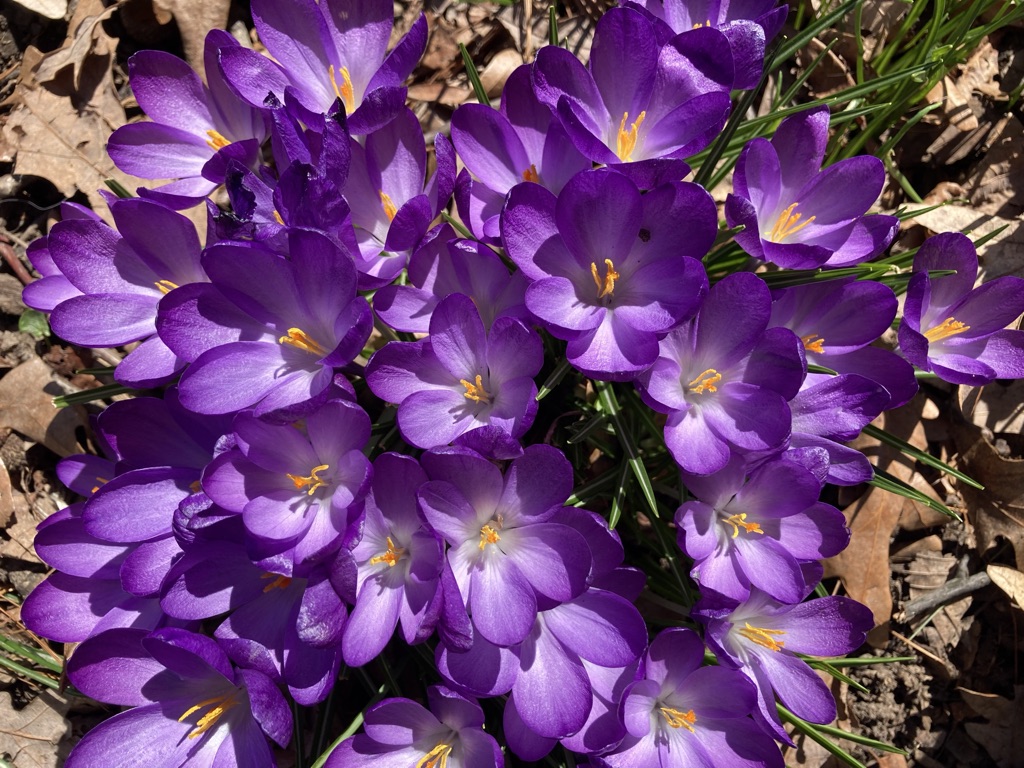My daughter is a 90s kid. She grew up listening to Avril Lavigne on a CD boombox, and playing Zoo Tycoon on a family desktop with dial-up. And, she grew up with the original American Girl dolls–dolls set in different historical periods and cultures, with novels telling their stories. When we visited Colonial Williamsburg, she wore her official Felicity dress, to match the doll with a story set there. (They both have long red hair, and love animals). So when she told me this week that American Girl had just released new dolls representing the historical period of the 1990s, we both found this poignant and hilarious. And we bonded over the passage of time, and feeling old.
Alerted to this news, I read the People Magazine piece emphasizing that Nicki and Isabel Hoffman are the first twins represented in the American Girl (AG) historical doll line, and highlighting all their cool 90s accessories and outfits. There is no mention of religion in that article. And there is no mention of religion on the AG website’s rollout for the twins, or in the youtube announcing their upcoming animated series.
But then, I saw yesterday’s piece from the Jewish Telegraphic Agency (JTA) with big news. And I learned that part of the backstory for Nicki and Isabel is that they are growing up in an interfaith family, with a Jewish father and a Christian mother, and celebrate both Hanukkah and Christmas
The twins are modeled on real-life twins Julia DeVillers and Jennifer Roy, who are both successful authors. They are now co-writing the story of Nicki and Isabel for AG, drawing on their own experiences. Their first American Girl novel about Nicki and Isabel is due out in August, and will take place during a month when the twins celebrate Hanukkah and Christmas.
DeVillers and Roy grew up Jewish, with a father who escaped the Holocaust as a child. But they also celebrated Christmas with their mother’s family. Frequently, Jewish media outlets seek to highlight the interfaith families who make Jewish choices. But Roy also tells the JTA, “People are not necessarily one thing or another these days. And while we are Jewish, we did grow up with both holidays and both cultures in our family. And that’s how we wanted our characters to be and to feel.”
I am now wondering about why the American Girl rollout online, and the People Magazine piece, don’t mention religion. One could speculate that we have reached a point where it is okay to produce dolls with fictional interfaith families, but we are still, also, at a point where it is not necessarily a good marketing choice to emphasize that fact.
Like DeVillers and Roy, I grew up Jewish, while also celebrating Christmas with my mother’s family. But as someone who has spent decades working to make space for people to claim the complexity of their identities, to claim their bothness, I cannot help but celebrate the arrival of Nicki and Isabel. There have been plenty of interfaith families in popular media in my lifetime, from plays to movies to television. But this may be a landmark in interfaith material culture. This physical embodiment of interfaith kids, in doll form, feels like an acknowledgement of my lived experience. It makes me feel hopeful that my efforts to encourage interfaith kids to raise their voices are having an effect. And the statement that “people are not necessarily one thing or another,” by a storyteller for this iconic brand, feels like progress.
Journalist Susan Katz Miller is an interfaith families speaker, consultant, and coach, and author of Being Both: Embracing Two Religions in One Interfaith Family (2015), and The Interfaith Family Journal (2019). Follow her on twitter @susankatzmiller.

















